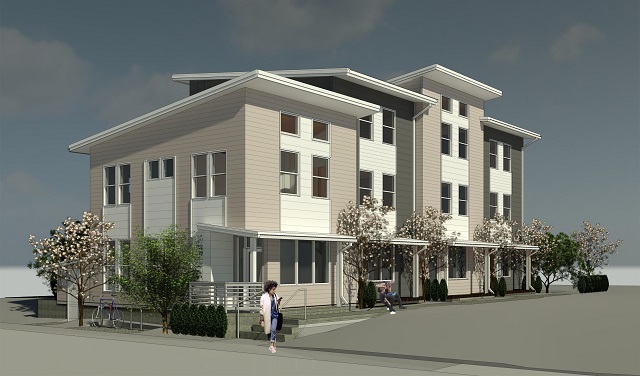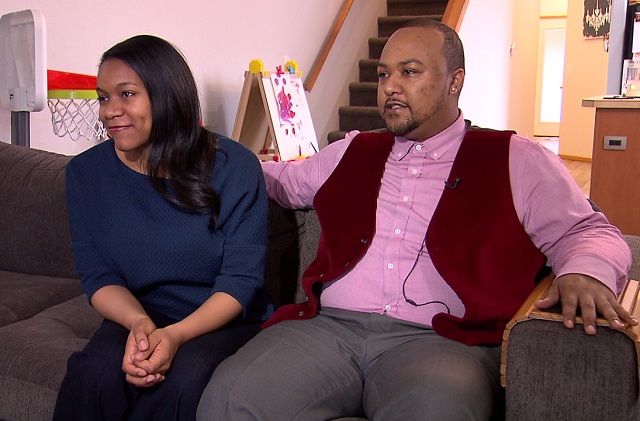PORTLAND, Ore. (KOIN) — Giovanni Battles and his fiancé Ashley Rollins grew up in North Portland, but it took help from the city’s preference policy to bring them back.

“There’s nothing better than when Toussant, our son, says ‘I’m home!’ It’s just a wonderful feeling,” Rollins said.
There’s now a push to bring back affordability to North and Northeast Portland — and to bring back African American families displaced by gentrification, something that’s a multi-million dollar effort.
“Without this down payment assistance, we might not have been able to afford this, or it may have took another 3 or 4 years to build,” Battles said.
North and Northeast Portland — specifically, the Albina District was historically the only place where African Americans were allowed to live.
Albina became a thriving community — the heart of Portland’s black culture.

However, starting in the 60s, major developments, including Emanuel Hospital, Interstate 5 and Memorial Coliseum, displaced hundreds of families.

Now, these neighborhoods are more desirable and expensive, and there’s more displacement — especially around Alberta Street or Mississippi Avenue.
Rollins said, “I mean the change isn’t necessarily bad in and of itself, but we want to be included in that change — you know what I mean?”
Maxine Fitzpatrick heads Portland Community Reinvestment Initiatives or PCRI.
“We have a goal of creating 800 homes for homeownership purposes and 200 for rental right,” Fitzpatrick said.
PCRI has broken grounds on several projects — using the city’s North/Northeast Preference Policy.

The city has pledged $20 million in 2014, and when voters passed the Affordable Housing Bond in 2016 — it rose to more than $100 million.
It includes the Beatrice Morrow Apartments on Northeast Martin Luther King Jr. Boulevard, which will have income limits for the below-market rents, and the Williams Avenue Townhomes.
Meanwhile Battles and Rollins feel like pioneers in their own neighborhood.
“Bringing our family, bringing other families like ours back into the neighborhood,” Rollins said. “It feels like we’re doing something good for our community.”

It’s a community that’s still changing — rapidly.
Most of the so-called preference zones are in the Interstate Avenue Urban Renewal Area and around Martin Luther King Jr Boulevard.